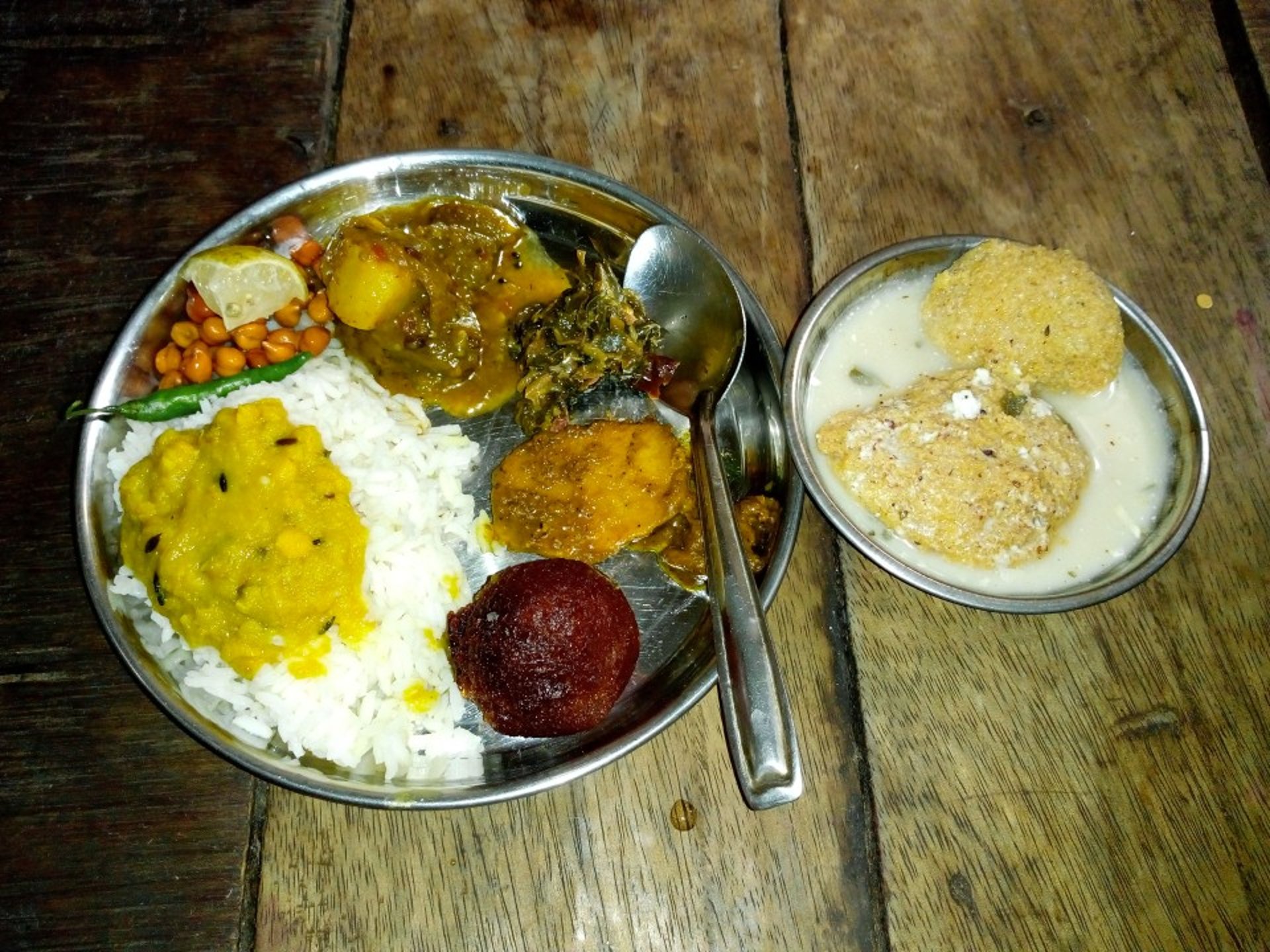
The Decline of Traditional Aroma and Flavor
As our population continues to grow and reckless capitalism strengthens its hold, we are forced to confront the repercussions of our actions. The delicate balance of our ecosystem has been disrupted, with many of the safeguards put in place to protect our planet's stability being breached. In defense of progress, some argue that the use of nutrient fertilizers and pesticides has saved us from the threat of starvation. However, amidst this supposed salvation, we must ask ourselves: are our crops as nutritionally rich as they once were? Has the microbial diversity in our fields and food remained intact? Are the unique biochemicals produced by crops through interactions with other plants, insects, or microbes still present? The resounding answer is no. A recent poignant post on social media shed light on this issue. The author, from India, fondly recalled a time when the aroma of indigenous ghee would drift through the air, enchanting several neighboring households. This fragrance wasn't just a scent; it was soul-stirring, uplifting the spirits of all who encountered it. Yet, even the finest brands of ghee fail to evoke this enchanting aroma today. The essence of authenticity has been lost, replaced by a bland imitation of what once was. Despite efforts to produce pure ghee, the fragrance of yesteryears remains elusive, even in rural villages. The root cause of this decline lies in our treatment of livestock. In the past, cows roamed freely, grazing on diverse vegetation untouched by insecticides, pesticides, or chemical fertilizers. Their diet infused the milk with a unique energy, rendering it not just nourishment but also medicine. Milk was obtained naturally, without the need for artificial interventions like Oxytocin injections. However, today, our practices have deviated from this path. Milk lacks its medicinal properties, tainted by the very substances meant to enhance its production. Even yogurt, once a product of natural fermentation, is now manufactured using chemical additives. The loss extends beyond dairy products. Once-familiar aromatics like coriander and mint now fail to fill homes with their distinctive scents. It's crucial to understand that the taste component of flavor is influenced by various factors such as sugars, organic acids, phenolic compounds, tannins, and capsaicinoids, while the aroma component is linked to volatile compounds like esters, terpenes, alcohols, and aldehydes. All these elements originate from complex interplay between different biotic and abiotic components as well as the genetic makeup of the plants and animals, impacting the flavor and aroma of animal products as well. This is a potential reason why crops from monoculture non-organic modern farms are not of flavorful and aromatic. Witnessing the extent of our regression is disheartening. What we often perceive as progress and modernity is, in reality, a regression—a poisoning of the very elements that sustain us. Despite these concerns, many governments and industries argue that continuing farming practices as usual is necessary to prevent widespread hunger. While the truth of this statement remains uncertain, many of us long for the aromatic ghee and vegetables whose scents filled our childhood days.


Nourish your journey.
